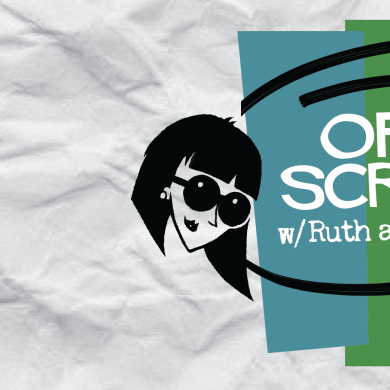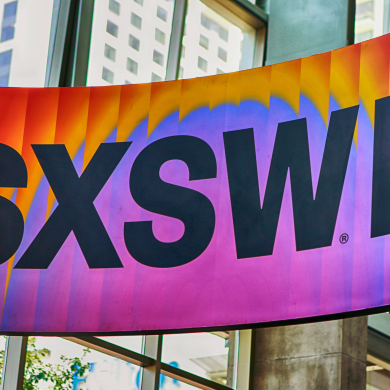By Chris Ortman
A new report from the Digital Citizens Alliance, conducted by MediaLink LLC, details the windfall profits that illegal, for-profit pirate sites collect from legitimate advertisers. The findings, based on a sample of nearly 600 sites, reveal that the most heavily trafficked pirate sites make upwards of $6 million per year, while even the smallest sites made $100,000 in ad revenue, all without paying a penny to creators and working people.
The sites sampled pulled in an estimated $227 million in annual advertising revenue – with profit margins of 80-94 percent – from some of the best-known consumer brands in the world.
The estimate does not capture all pirate sites, nor does it reflect subscription revenue collected by a number of cyberlocker pirate sites. And these revenue estimates do not reflect the actual harm to the creative community, which is far greater.
But the report does illustrate how piracy is a growing, for-profit business. It’s not about a couple of kids in their respective basements “sharing” files with each other – it’s about bad guys making big money off the creativity of others.
Many pirate sites appear legitimate to the average consumer, with ads from well-known brands and major credit card companies processing subscription payments. In fact, ads like these appear on nearly 30% of large sites. Having their brands associated with illegal content, offensive and even harmful ads from disreputable advertisers, and malware, threatens the credibility of established, respected companies.
Ad-supported piracy is bad for businesses, audiences and creatives alike.
What can be done? It starts with a commitment by the major players in the Internet ecosystem to act responsibly and work together to take the profit out of piracy.
Advertisers, ad exchanges, and ad networks that make up the online advertising ecosystem should take voluntary action to avoid appearing on pirate sites, strengthen current prevention methods, and develop new ones. There are services and technologies to help them achieve this.
More and more leaders in the advertising world agree. Earlier this month, Randall Rothenberg, the head of the Interactive Advertising Bureau, said:
“…we need to step up our game, and create a quality control program that covers the entire ad-supported Internet. Make no mistake: This means an industry behavior change, at an unprecedented scale. We must create an all-inclusive program that identifies qualified participants, and commits them to good actions, guaranteed by continual monitoring and sanctions for non-compliance.”
Eric Franchi, the co-founder of the ad network Undertone and IAB Board Member, suggests, “Agencies and exchanges can start by making sure ads aren’t placed outside exchanges’ safe, white-listed sites, and use a verification service to provide monitoring.”
In short, there is no good reason legitimate advertisers and credit card companies should do business with illegal sites. This source of funding should be and can be cut off.
Let’s use this new information to speak out about value of creativity, the importance of responsible online behavior, and the harm to creators, audiences, advertisers, and legitimate businesses that is caused by digital piracy.



